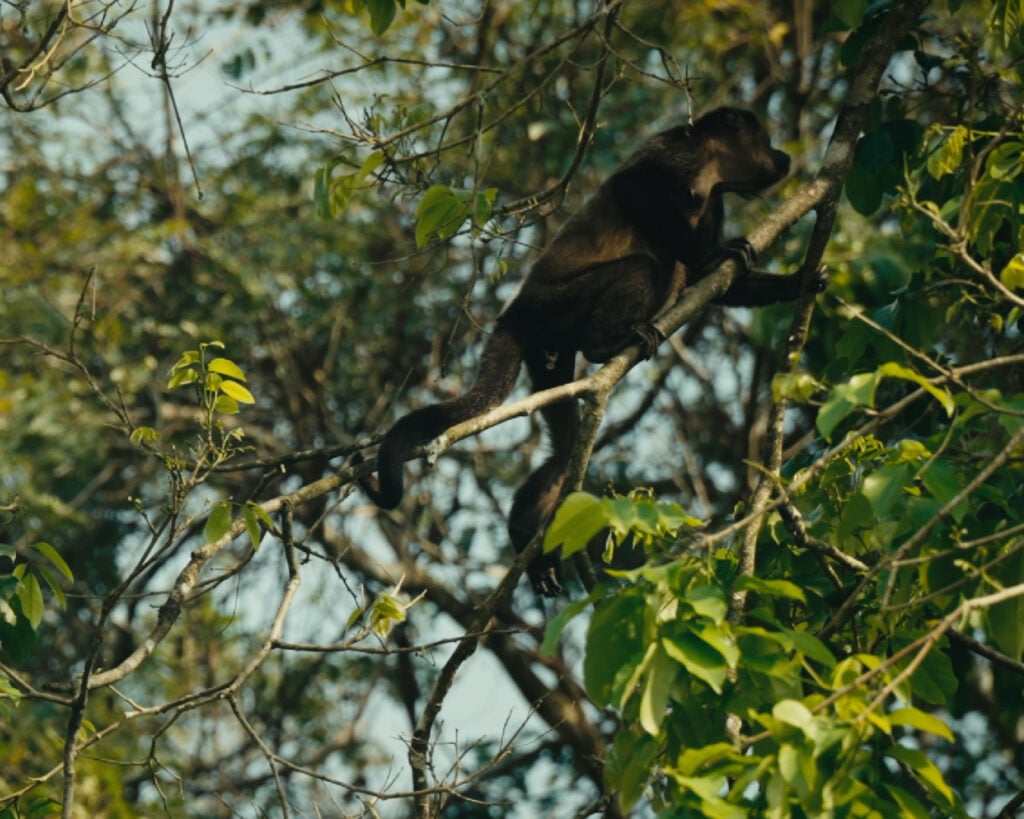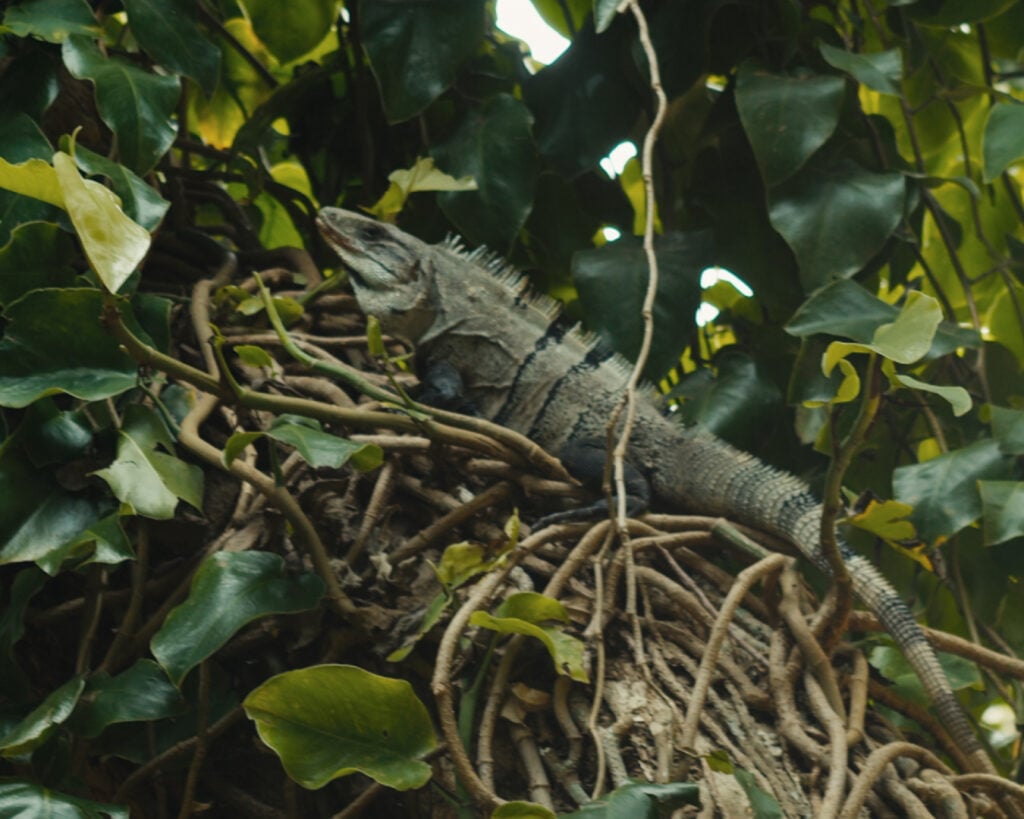“Preserving a cacao plantation is a way to preserve a jungle.” That’s how Ana Parizot-Wolter puts it when we visit her at Hacienda La Luz.
Ana’s a third-generation cocoa farmer and chocolate maker. She runs the cocoa farm Hacienda La Luz and chocolate factory Chocolate Wolter, in Comalcalco, Tabasco. She’s also a fierce defender of biodiversity.
When we visited her at Hacienda La Luz, she reminded us that life doesn’t exist in isolation. Every species needs others to survive.
For Ana, protecting her cocoa farm isn’t just about growing cacao. It’s about protecting the rainforest itself. Keeping it safe from cattle farming, monocropping, and anything else that would strip the land bare.
The Jungle Leads the Way
Hacienda La Luz has been in Ana’s family for over a century. Founded by her grandfather, a German doctor named Otto Wolter, it evolved from a cocoa plantation into a haven for biodiversity — a place where fruit trees, vanilla vines, cinnamon plants, and tall shade trees coexist to create a balanced, resilient ecosystem.

“You need to have the shade of the big trees in order for the cacao to grow and produce,” Ana tells us, walking us through the plantation.
“You see over there?,” says Ana, pointing to three towering trees nearby. “This is a gaucho tree, this is a red cedar and this is a mango manila.”
“All of them are together, like this.” Ana reaches her arms out before grasping opposite elbows to demonstrate. She’s referring to the root system of the trees holding one another up.
“When there is wind, then one will help another to remain like this and not to fall.”
“So, the main lesson we can learn from nature is that the only way that we have to preserve this planet is working together, cooperation between different species.”
Ana Against the Odds
Today, Ana’s work is harder than ever. The rains that used to come reliably every year now arrive late or not at all. The cacao pods that were once abundant now come too slowly, forcing Ana to adapt and rethink every cocoa cultivating decision.
The sacred planting days — like the traditional Day of the Cross — no longer guarantee the rains that farmers and the rainforest depend on.
Ana tells us farmers are looking at irrigation.
“Maybe I have the solution to have cacao. But I have another problem because we are going to need a lot of water,” says Ana.
“So we need to think, as humanity, we need to think about the problem and the root of the problem. The problem is that the weather is changing and it’s becoming extreme. You know, in some parts there is no rain and in some others there are a lot of floods.”
“We are making that happen.”
The Heart of It All
For Ana, Hacienda La Luz is about more than cacao. It’s about sharing the lessons of the rainforest to protect our planet.

“This is not an economic cacao plantation made just to have cacao. This is to preserve the original jungle,” Ana tells us.
“In Tabasco, we have lost 98% of our original jungle. Because we have the oil industry here, because we have cows, a lot of cows, because the growing of people and cities.”
In the rainforest, a cacao tree doesn’t stand alone. It’s surrounded by a network — fruit trees, shade trees, animals, pollinators. Together, they create balance.
This is why she doesn’t just plant cacao. She plants mango, caimito, jackfruit, and sapote. She protects endangered species. She welcomes wildlife, describing Hacienda La Luz as ‘a domesticated jungle’. At Hacienda La Luz — agriculture and nature unite, making it possible for both to thrive.
Rooted In Stories. Growing With Purpose.
👇 Watch Ana’s story and join us in supporting farms like Hacienda La Luz that nurture the land, educate communities, and preserve the vital balance of nature.








